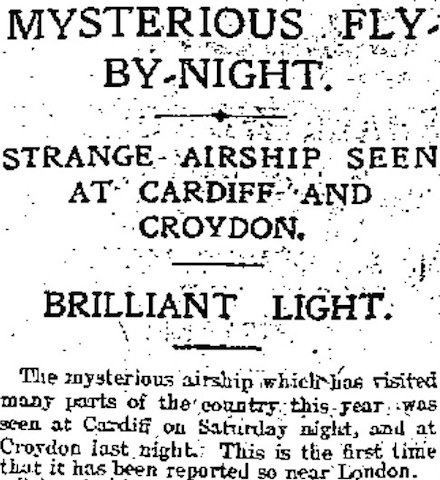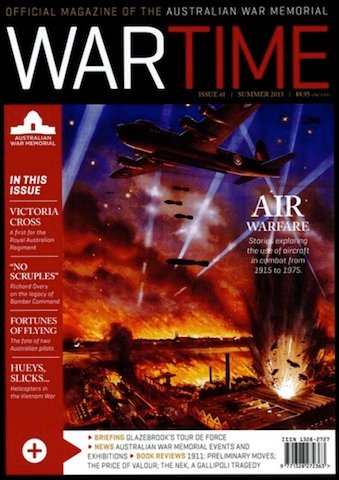A little air war booty
While searching for images to illustrate my Wartime article, I came across this German propaganda poster from 1918. It ultimately didn’t make the cut but I think it’s very interesting. The seaplane soaring into the top left of the poster is a Friedrichshafen FF.33; in fact it is the very one which scouted for the […]





